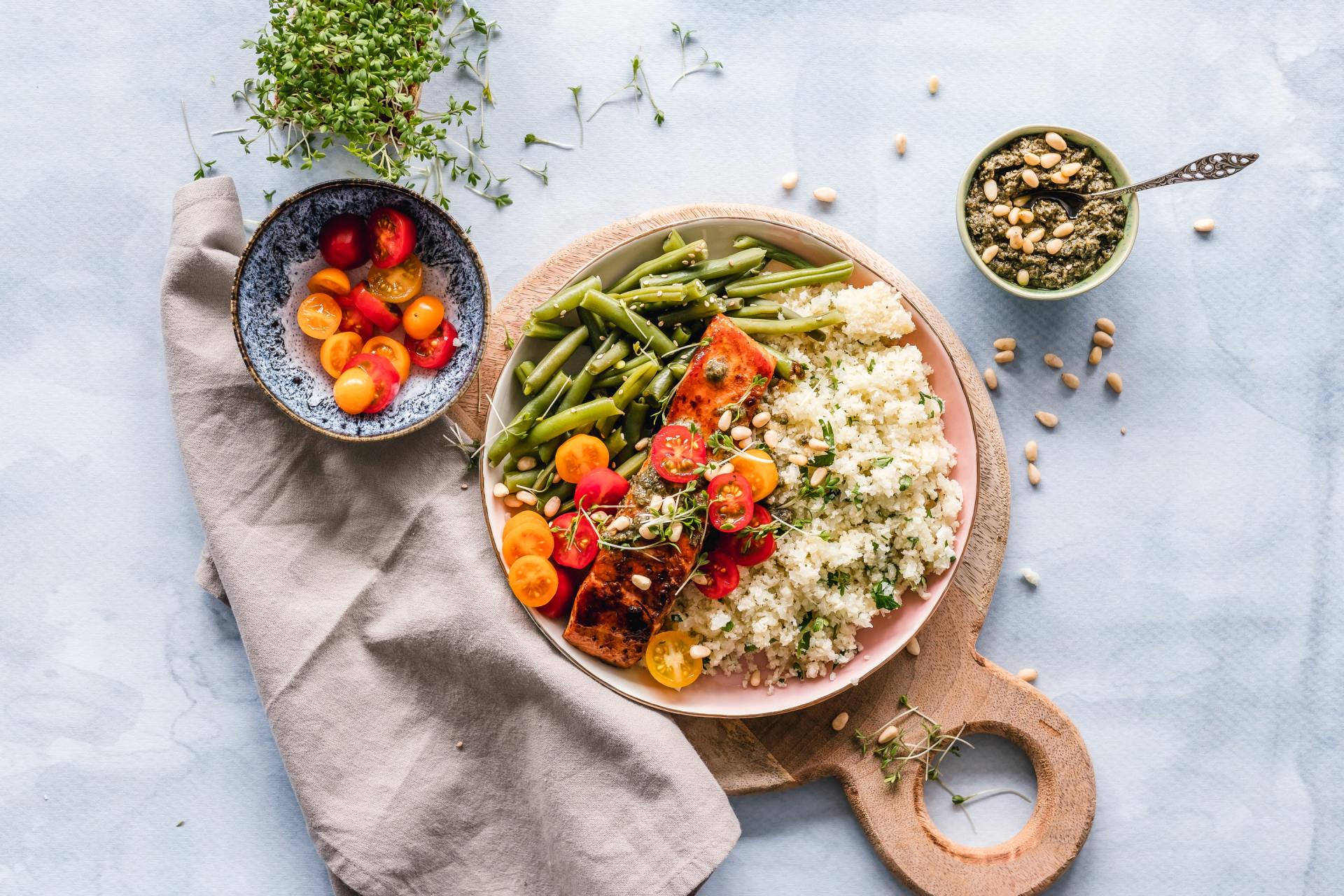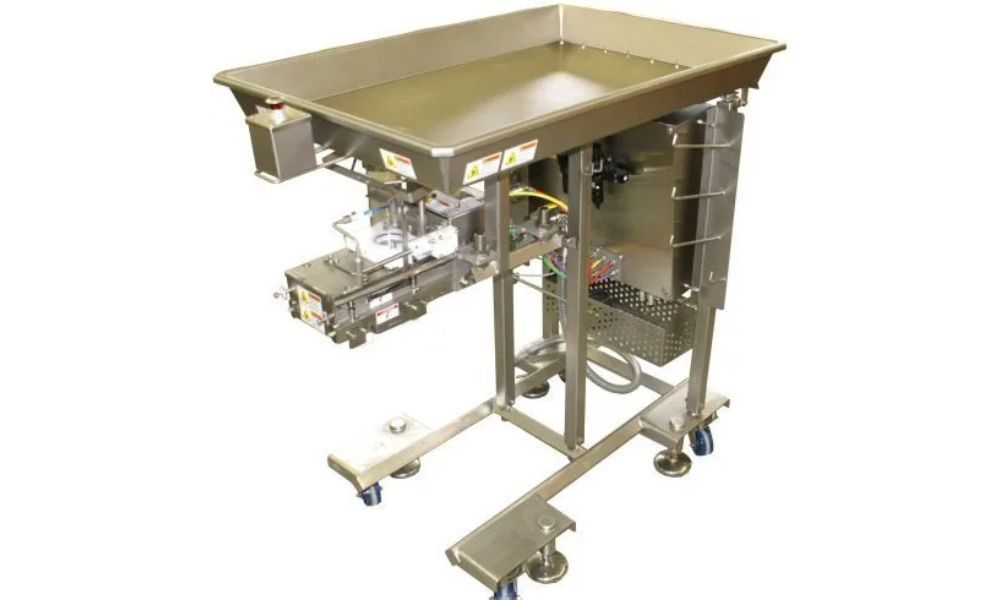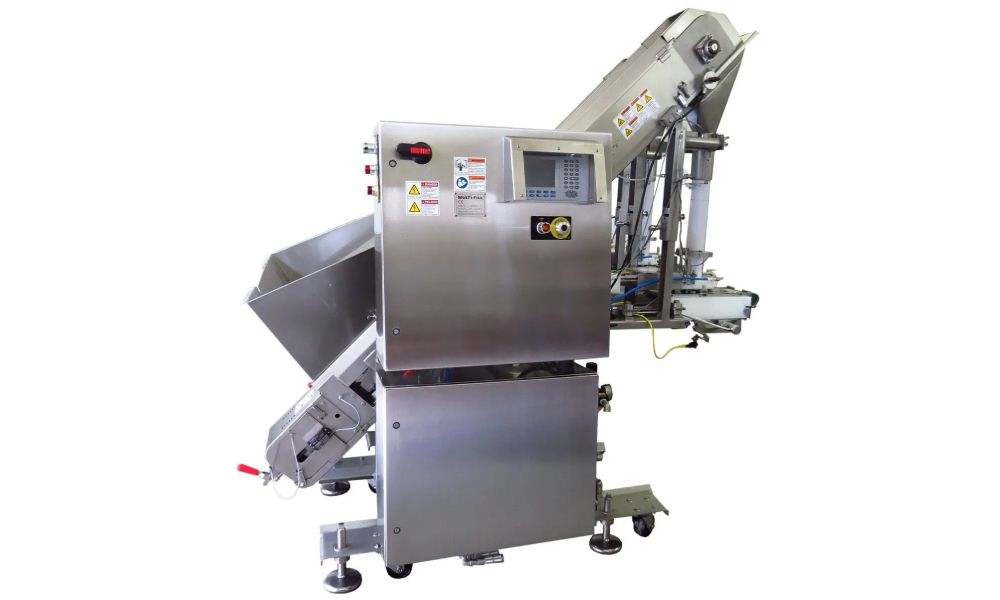Learn about quinoa and why you should add it to your menu

Processed Quinoa is a Growing Market
Quinoa is a type of edible seed that is available in several colors, including red, black, green, and yellow. The history of Quinoa is deep, with evidence of cultivation going back almost 5000 years. Recently, Quinoa has become popular as a gluten free “grain” that is healthy and good for the environment.
Quinoa is actually an edible seed, but because of how it cooks it is often considered a grain. It is high in fiber and is a complete protein. These health benefits have been driving an increase in cultivation and consumption since the year 2000 when it started to become more mainstream. Quinoa is originally from South America but is now popular across the world.
Using a Food Depositor for Quinoa
Raw quinoa flows freely and is relatively easy to deposit. Cooked Quinoa has a number of similarities to cooked grains--soft in texture and tending to clump together as it cools due to starch released during the cooking process. This clumping can cause problems for food depositors that are processing quinoa on a factory line. Of course, deposits must be consistent in weight and appearance, clumping can lead to uneven distribution.
Quinoa grains are also very small, even when cooked. Individual grains are less than half the size of a grain of rice. This small size can lead to them trickling out of depositors if the gate is not tight enough.
Finally, quinoa is often considered a gourmet food. This means that consumers of packaged quinoa can be more discriminating, making the appearance of the cooked packaged quinoa that much more important.
Tips for Processing Quinoa
Here are some tips on processing quinoa:
- If you are using raw quinoa, soft packaging will work best. Consider pouches or bags for this purpose.
- Cooked quinoa will harden unevenly after cooking. It’s best to fill quinoa as soon as possible after cooking.
- Hot quinoa will release steam. This will dry out the product, as well as add water in the form of condensation that will affect the run, making the last product wetter than the first. It is best to cool the product before filling.
- Using specially designed equipment can help manage the cooked product. The Multi-Fill MPFSC 120 Volumetric Filler uses a specially designed raking gate system that can accurately measure and deposit quinoa up to 120 containers a minute.
- Consider adding a small garnish after depositing the quinoa. This will enhance the appearance of the product and give it a finished touch.
Processing cooked and prepared quinoa can be challenging. Work with the professionals at Multi-Fill to help plan and implement equipment that will both enhance productivity and improve efficiency.
For more information about Multi-Fill’s world-class volumetric food filling machines, call 801-280-1570 or contact us online.The body content of your post goes here.
Designing a food filling line: Product is king












